Which Colors Attract Bass? 5 Lures to Try Out
When you’re going through the massive selection of lures at the tackle shop, you’ll realize that the same lure tends to come in a massive variety of colors. This is especially true for soft-plastic lures that you’ll often find in dozens of colors without any variation in the actual design of the lure.
Why is that?
Well, it’s because different colors tend to attract bass differently. It’s a bit more complicated than that, but we’ll get into the details later.
Today, we’re going to go over which colors attract bass to determine the top 5 colors for bass fishing lures you need to add to your tackle box and try out on your next fishing trip.
Let’s get started.
Why Do Lure Colors Matter?
Bass are notorious for attacking just about anything. The vast majority of lures work on them to some degree, and some fishermen have had luck with homemade lures that aren’t even close to the same quality as what you’ll find in the store. So, why should you even worry about the color of your lures?
Well, it all comes down to efficiency.
Color does have an impact on your fishing potential because even while a simple homemade painted spoon will occasionally get you a bite, picking the right color for a good lure will bring bass in like it's nobody's business.
However, it’s not as simple as just narrowing down your color selection to one or two magic colors that always catch bass. Like most things in fishing, every color will perform differently in various circumstances.
We’ll go over the specific circumstances our recommended colors are useful for soon, but for now, let’s go over the various factors you should consider when making a color choice.
1: Local Food Supply
A big part of lure selection, in general, has to do with the specific bait fish that are available where you’re currently fishing. So, this goes for much more than just the color of your lure.
If the local fish eat mostly silver shad, it’s a good idea to bring along silver flukes that can replicate the color and profile of a silver shad. In the fall, when the crawfish are big, red, and bound to a delicacy for bass, you can figure out what color is going to be a good bet IF there are crawfish in the water you’re fishing in.
Of course, we’ll go into detail for each color that we recommend later on, but this should give you a good idea of what we’re getting at.
2: Time of Year
In the crawfish example, we gave above, you probably got a little hint about what we're going to say here.
Fish, crustaceans, and basically everything else in the water tends to change color depending on the time of year. This is because of several factors, such as the food they're eating at the time, the weather, and various other things. If you're going to match the color of the bait fish and prey, you have to understand those natural color changes and adjust your color choice accordingly.
3: Water Clarity
Water clarity is a big one. Matching the bait fish can help, but usually, it's a better idea to make sure your lure can be seen at all. In clear water, natural options might make more sense because the fish can see the lure more clearly, and it can throw them off if you're chucking bright, neon orange lures all over the place. However, if the water clarity is poor, such as in a particularly muddy body of water or after a hard storm, then those bright colors that pop through the mud and debris can mean the difference between zipping a lure right past a bass and nabbing a bite even if you're relatively far away from it.
4: Fish Lethargy
This is no secret if you've been on a few fishing trips already, but sometimes, the fish just aren't in the mood to play around. They'll often ignore food if it's the spawning period when they just sit on their beds and guard their eggs or in situations when the temperature just isn't conducive for lots of activity.
In those situations, choosing brightly colored lures that make a lot of noise can be better regardless of other factors because they essentially irritate the bass and force it to react. They come off as a threat that the bass instinctually wants to deal with, even if it’s cold or they’re protecting their eggs.
5: Time of Day
This one isn’t as important as the other factors, but it is something you should consider.
Like water clarity, the time of day can affect how easy it is for a bass to see your lure. It's easier to understand this if we deal with extremes.
So, let’s say you’re fishing at night, and it’s cloudy. Using a brown lure might make your lure impossible for the bass to see, and you’ll be relying solely on the vibrations you cause. That can be difficult if you’re using soft-plastic lures or weightless rigs.
In contrast, if it’s the middle of the day, the sun is out and bright, and the water is easy to see into, you can get away with those more natural colors.
Our Top 5 Recommended Lure Colors for Bass Fishing
Now that you understand a bit about our philosophy behind color choices, we’ll get into the lure colors we absolutely must have in our tackle boxes. Many of these are specific to certain situations, but they’re situations that all bass anglers will find themselves in. So, it’s recommended to pack them all in your box and use them according to the situations we outline in each section.
1: Watermelon with Red Flakes
This is a lure color that is commonly seen in soft-plastic products. You can find hard lures with it, but it’s a staple in the soft-plastic part of the industry, and that’s for a good reason. It’s an all-around great color choice.
This is because watermelon with red flakes colored lures more or less give you the best of both worlds in most situations.
The base color of the lure is a dark green that’s similar to the rind of a watermelon, and small red flakes are distributed throughout the body of the lure.
Many common bait fish are green. Such as bluegill, green sunfish, and other small panfish. This is why the green color tends to be a hit among most fishermen. Regardless of where you’re at, it usually matches a big part of the local food chain. Then, the red flakes help give the lure a bit more visibility. Even if the water clarity is fairly poor, the red flakes should sparkle just enough to get the attention of a bass and trick it into investigating sooner.
With this setup, we recommend two types of soft-plastic lures specifically for bass fishing.
First, there's the traditional trick worm. While it is technically a worm lure, that doesn't mean the fish automatically look at it as such. With the color pattern described here, and the ability to present the trick worm in a variety of ways, it can easily trick bass into thinking it is one of many different forms of prey, such as quickly-swimming bluegill, crawfish, and a variety of bottom feeders. It all depends on how you present the lure and the type of rig you use.
The other option is a bottom jig or a soft-plastic crawfish. Crawfish are often darker colors when they're young in the spring and summer, and while they're not primary food sources during those times of the year, bass do often search the bottom for them. You can also use a jig in this color pattern to imitate small panfish feeding on tiny crustaceans, or you can combine it with a soft-plastic crawfish as a trailer to add more action to a crawfish presentation.
2: Black and Chartreuse
Chartreuse is one of those colors that seems to divide anglers quite a bit. It’s the sort of neon yellow color you’ll see on a lot of lures, and it almost looks like something you’d see on a glow-in-the-dark lure. Some anglers think it’s horrible looking and doesn’t work, and others swear by it.
That's likely because it's a very situational color. Because chartreuse is so bright and unnatural, it cuts through murky water and catches the light on dark days extremely well. This makes it ideal for situations where you're fishing after a storm, and the dirt has been kicked up, or if it's a bit darker when you're fishing because it's easily visible.
We don’t recommend going with a pure chartreuse lure, though. Instead, it’s a great idea to get one that is predominantly black with chartreuse highlights and features. This draws attention to key parts of the lure that generate the most action under the water and that’s likely to get the attention of a fish much more easily. The black coloring helps keep the lure looking at least partially natural, and it can trick the bass into thinking it sees a bait fish instead of a weird foreign object in the water.
Look for lures that use the chartreuse sparingly and properly, though. For example, crawfish and creature baits should have the chartreuse portions on their “claws” or the tips of their limbs to catch the attention of a bass without looking crazy, and worms, flukes, and similar options do best with chartreuse stripes.
3: Red with Black Highlights
We mentioned this one earlier, but it’s time to go in-depth with it. Red with black highlights is one of the most productive autumn lures you’ll ever use.
This is because crawfish take on a red hue during the fall, and your red and black lure will trick a bass into thinking it got a big, fat, crawfish left and right; especially if you use soft-plastic crawfish that bob around on the bottom with a Texas rig or a crawfish-themed crankbait that can mimic a crawfish in retreat.
However, it's important to find one that is "lobster red" throughout the majority of the lure, and the black should be fairly subtle. If you look at a crawfish during the fall or even one you've just cooked, they're mostly red, and the black parts are mostly the tips of their limbs and the shadows between the pieces of their shells. You want your lure to mimic that fairly closely.
You can use this color pattern on trick worms, and Senko lures, too. Just make sure you’re using a bottom-focused presentation and rig. This color is almost entirely focused on mimicking crawfish, and those don’t tend to swim all over the water column.
4: Blue with Metallic Flakes
If you can get your hands on some truly enormous blue soft-plastic lures with metal flakes in them, you might be able to pull in your next personal best.
The reason we recommend larger lures for this is to mimic some of the larger fish that big bass frequently target. The metal flakes catch their attention and cut through murky water, and the blue is both highly visible and somewhat reminiscent of fish such as smaller channel cats, blue catfish that haven’t gotten anywhere near maturity yet, and other larger fish that bass frequently prey on when they’re small, young, and easy targets. It’s just an all-around decent choice when used on bigger lures, and while it’s not something you’ll want to throw all the time, you can find a lot of success with it.
5: Pumpkin Seed
Pumpkin seed is a great color pattern to use if you’re going to be mimicking prey that hangs out near the bottom of the water column. It’s a brownish-orange base with speckles of dark green inside.
This is good in most water conditions due to it mimicking things such as crawfish, various types of panfish, worms, salamanders, and other bass delicacies.
The best lures to get in pumpkin seed patterns are various worms, jigs, crawfish, and creature baits.
Know the Conditions Before You Go
You’ll notice that while these are our favorite lure colors, they’re all fairly situational and need to be used under specific circumstances. You might not know if the lake you’re going to meet the criteria for a specific color before you go to pre-rig your first lure for the trip.
Because of that, you need to know your environment to determine which colors attract bass in those circumstances.
So, download the BassForecast fishing app. BassForecast will provide you with real-time, in-depth information on any waterway in the United States, and you can plan your color choice ahead of time effectively.

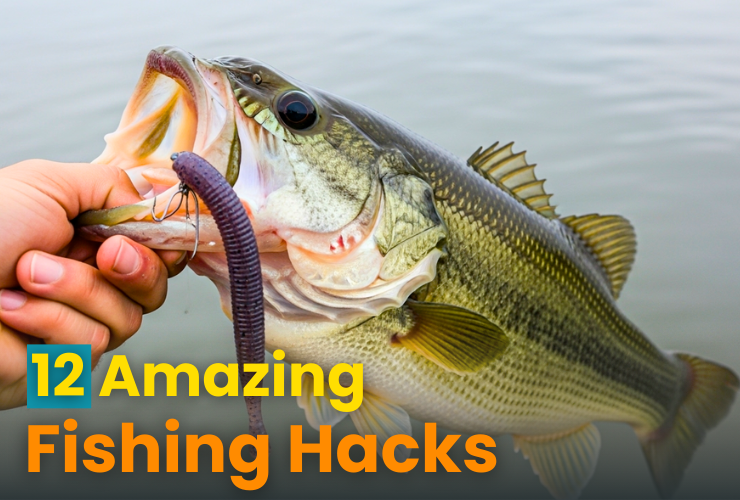
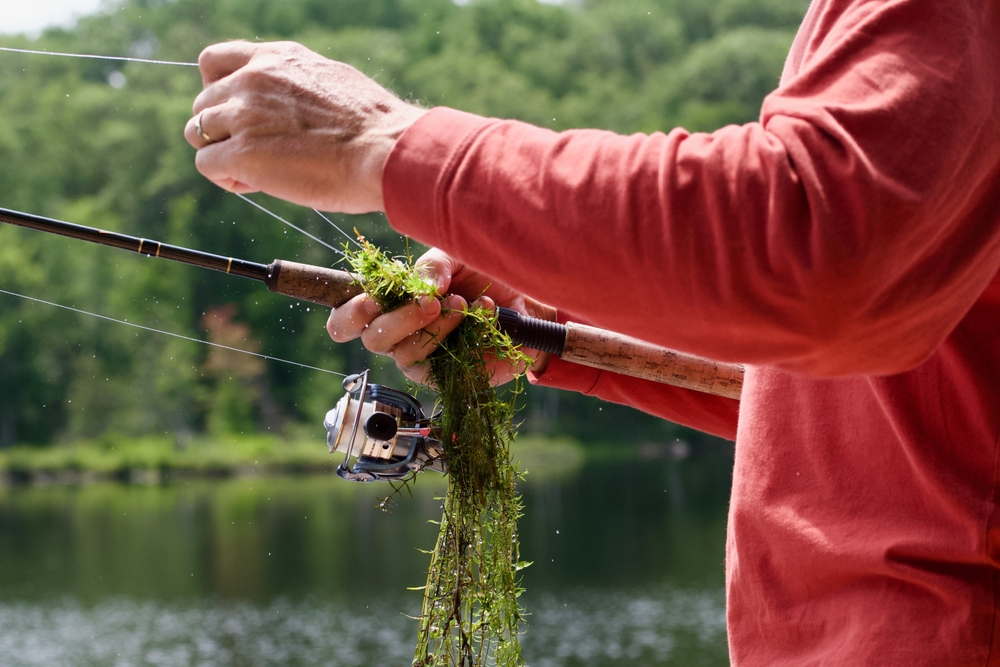
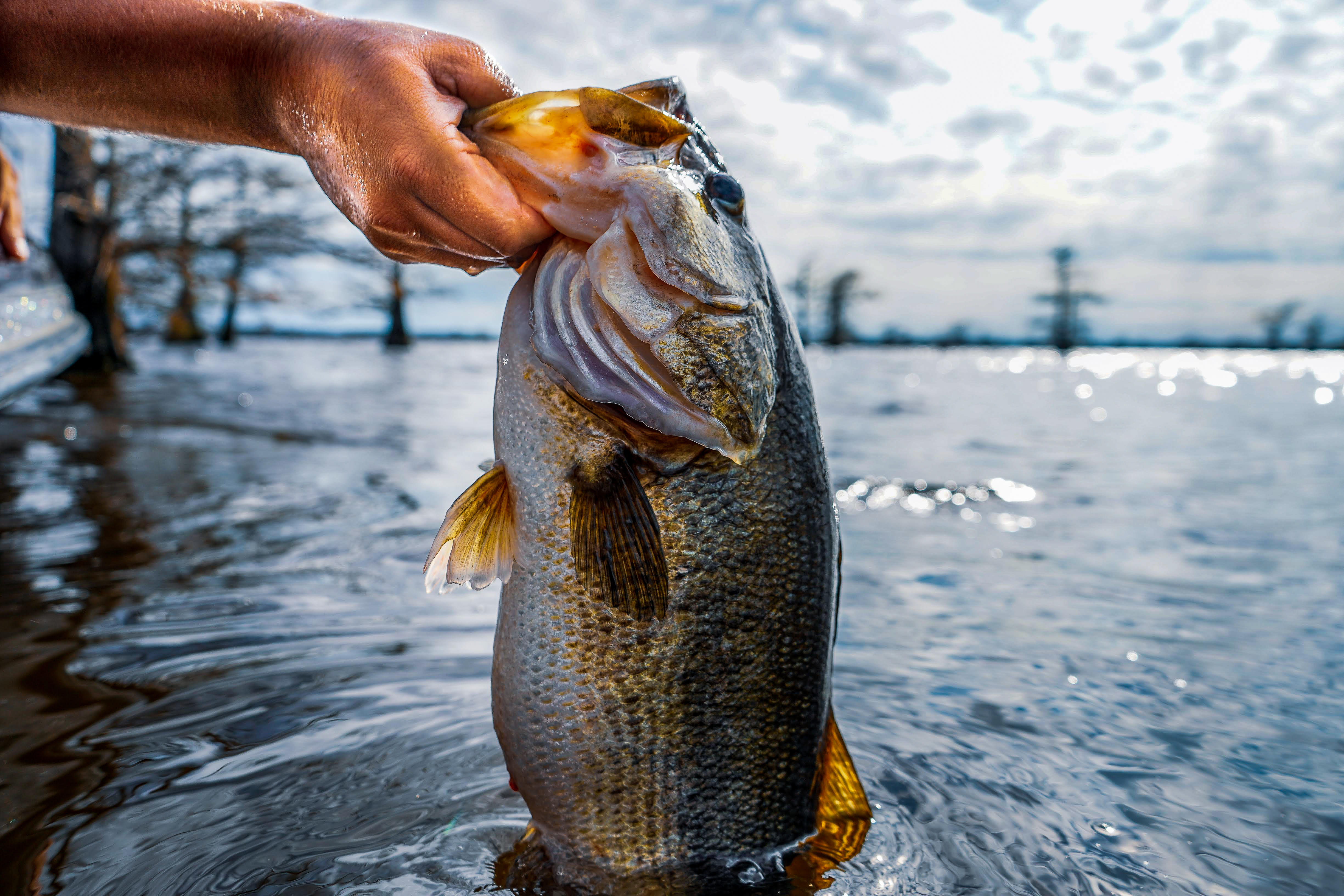
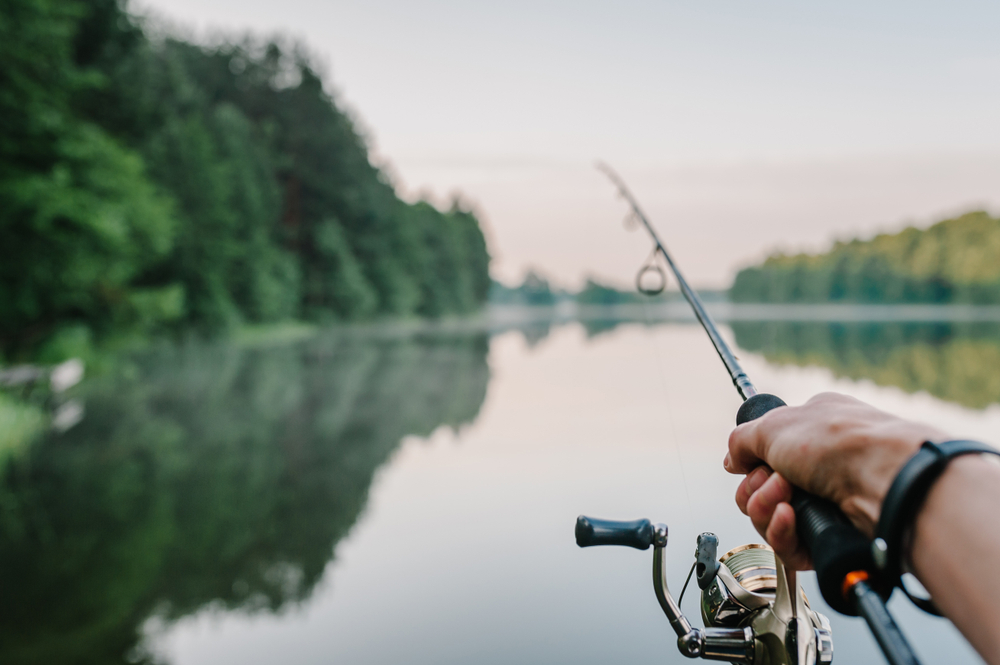

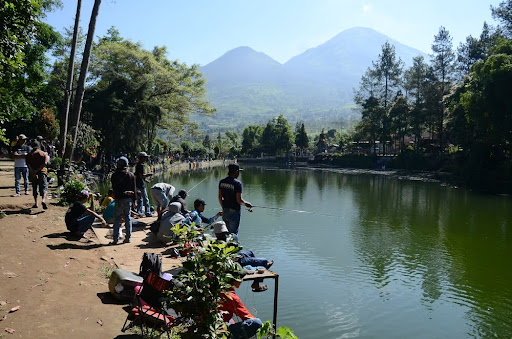
.png)
.png)